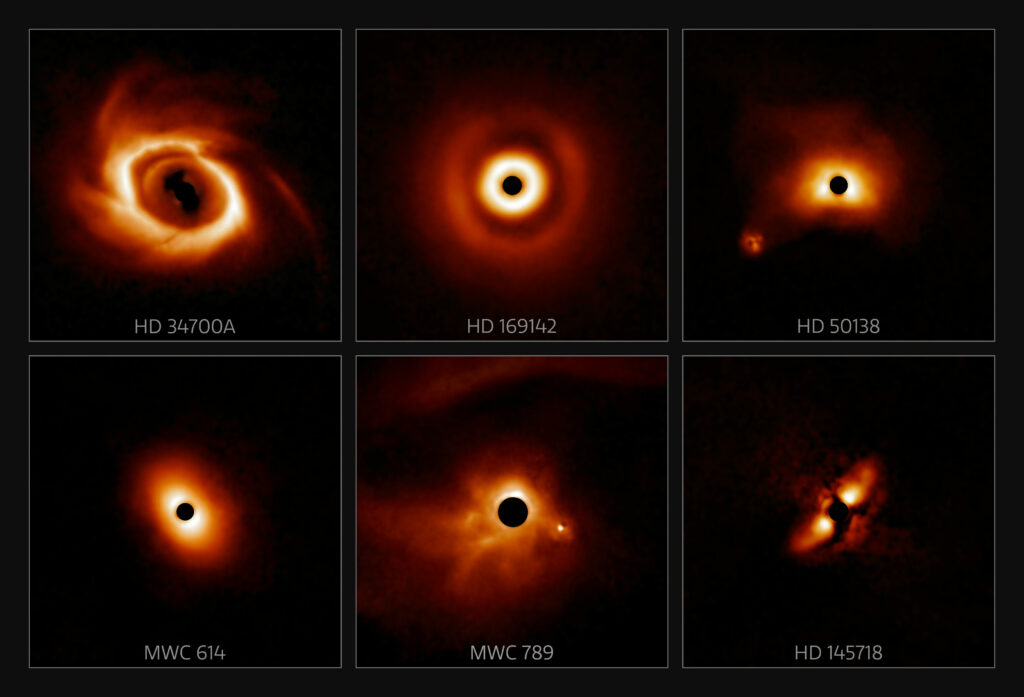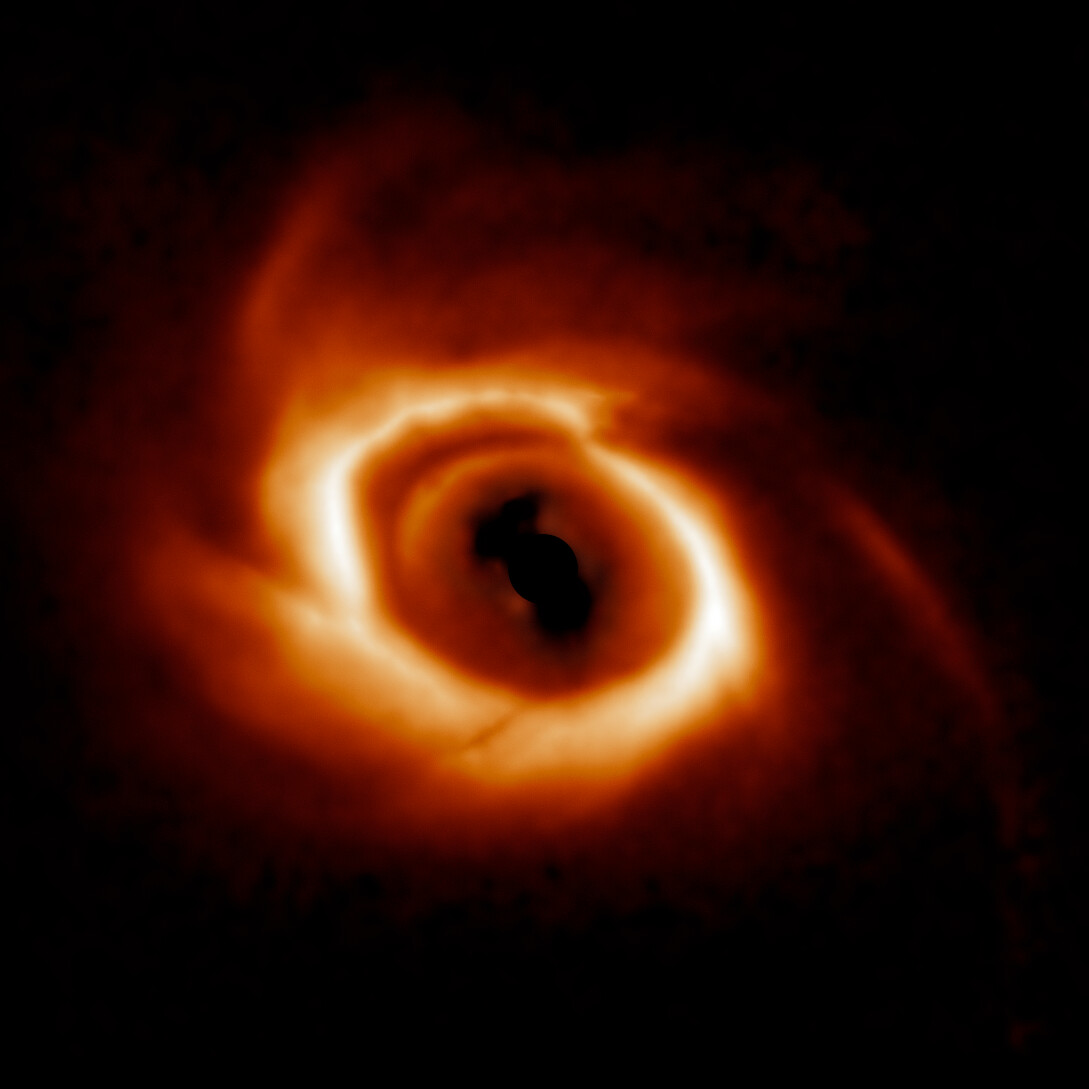Using the power of the Gemini South telescope, American astronomers performed a survey of 44 young stars. As a result, they managed to obtain images of the protoplanetary disks surrounding them, as well as to detect a Jupiter-like exoplanet and a brown dwarf. The results of the study were presented at the 240th meeting of the American Astronomical Society and published in the journal The Astronomical Journal.

The main purpose of the study was to find an answer to one of the fundamental astronomical questions: How exactly are planets formed? It is believed that this occurs in the gas-dust disks surrounding newborn stars. Previous observations have shown that they often contain rings consisting of large and small dust particles, as well as gas. They are probably the result of the interaction of newborn planets with the environment.
In order to expand the understanding of the origin of such features, astronomers conducted observations of a sample of 44 young stars. The emphasis was on luminaries whose mass exceeds the solar one — scientists wanted to find out how the mass of a star correlates with the processes of planet formation. The GPI (Gemini Planet Imager) instrument installed on the Gemini South telescope was used for observations. It is capable of shooting in the near infrared range, which gives scientists the opportunity to record various structures inside protoplanetary disks.

During the study, Gemini South found protoplanetary disks in 80% of the observed stars. It also managed to discover a Jupiter-like exoplanet and a brown dwarf, and confirm the existence of two other brown dwarfs that were previously listed as candidates.
As for protoplanetary disks, astronomers have managed to identify an interesting pattern. It turned out that protoplanetary disks of stars whose mass is less than three solar ones, as a rule, have rings, while the environment of more massive stars is devoid of them. This suggests that the formation of planets in these two groups of luminaries proceeds differently.
Earlier we talked about how astronomers managed to photograph a debris disk in the shape of an ellipse.
According to https://noirlab.edu
Follow us on Twitter to get the most interesting space news in time
https://twitter.com/ust_magazine

